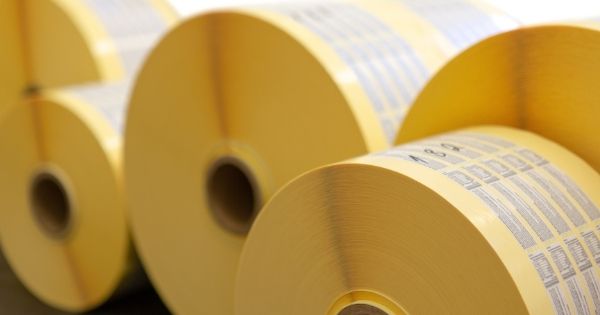A product label serves several purposes. A well labeled and branded product is more likely to sell to the consumer. However, there are many aspects to a label that have to be considered for this to work. Every characteristic of a product label counts when you’re trying to market a product. To learn about the top characteristics of a highly effective label, read below.
The Text Is Clear and Concise
A first important detail a product label should include is clear and concise text. It’s wise to be aware of the tone of the text. Think about your product’s target audience and write the information in the tone that that speaks to that demographic. Then, you need to make sure the text is legible to read. The size should never be too small. The product facts should be easy to locate for any consumer. This also means you must choose color for your text that stands out to the eye. If the text is illegible, the customer won’t trust it, which means it won’t sell.
The Design Attracts Consumers
Don’t forget to design the label with the product and its packaging in mind. This affects choices on the label such as material and shape. The label’s image design is a key element of a product label. The goal of the label being, especially any imagery, is to attract the consumer’s attention. You should consider logo designs and the colors of those designs. Consider additional details like embossing or foiling on products that are on the higher end of production. These details can further enhance things like your logo, setting the consumer’s mood, and leaving a lasting impression with the consumer.
The Text Is Informative About the Product
One of the characteristics of a highly effective label, especially for marketing, is if it’s informative. Consumers who can’t get the important information about a product from its own label are likely to avoid it. The label needs to inform a person of vital information like nutritional facts, allergens, and expiration dates. While these are pieces of information required by law, there is optional information that is not always required to be on a label but will benefit your customers if included. This could include nutritional advice, accreditations, and recommendations. For instance, if it’s a food product, there could be added recommendations on how to serve it and recipes it’s useful for. These details can make the item more enticing to the consumer.
The Right Material Is Used
The material is the most important quality of a product label. None of the above will matter if it doesn’t use a good material, adhesive, or finish. Many of these choices will be based on the expected life of the product. You want the label to last as long as the product’s shelf life. Consider if it’s a product stored in a freezer. The product label needs to withstand the harsh environment. It needs to remain intact and legible. Make sure you choose the right label adhesive, especially if your product is in any extreme environments. You can also consider adding laminates and coatings for extra protection against scuffing and moisture.











